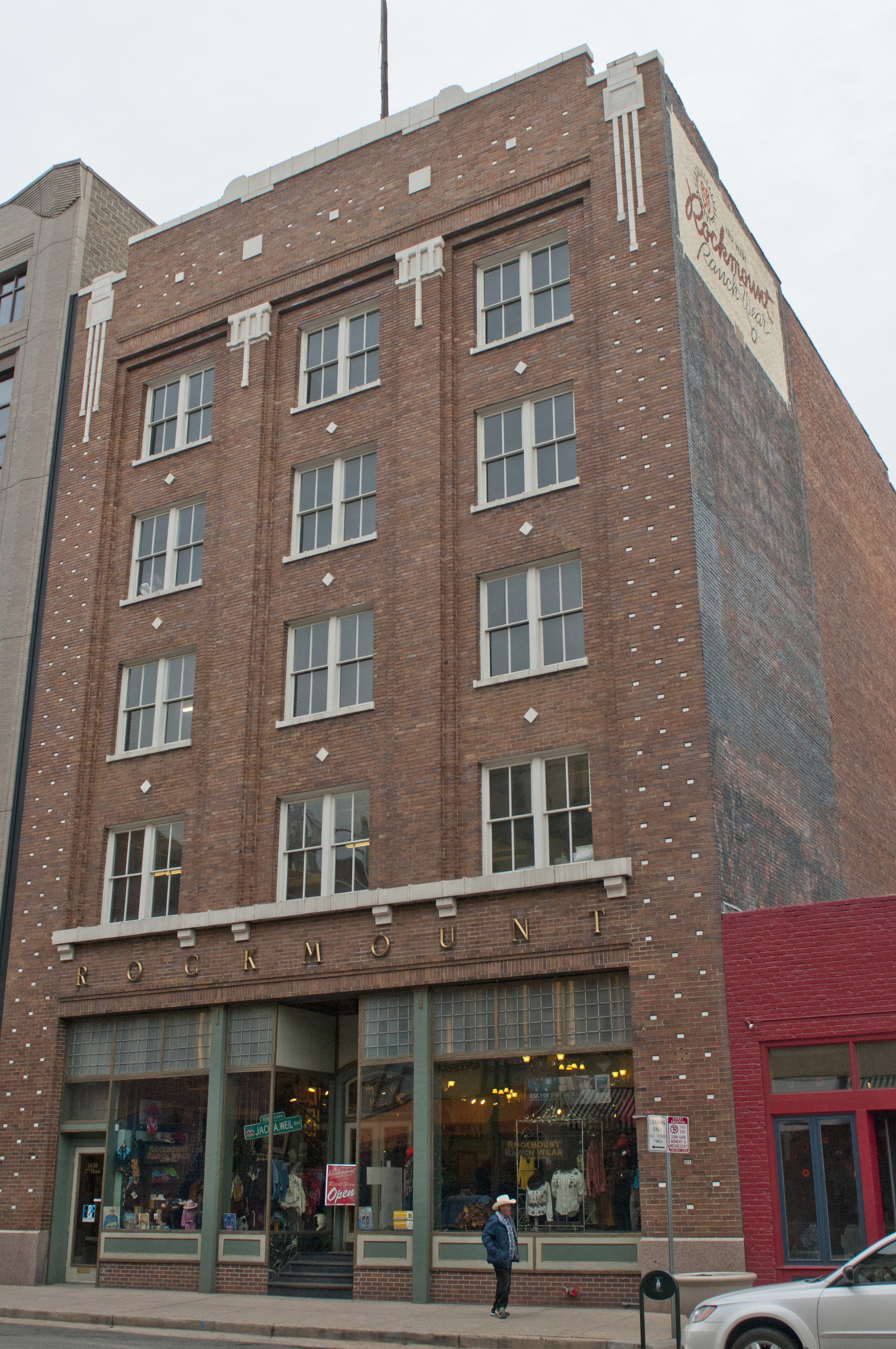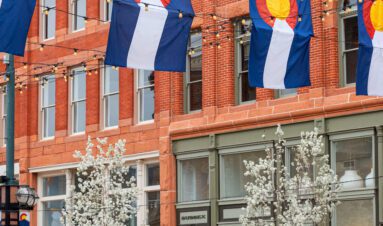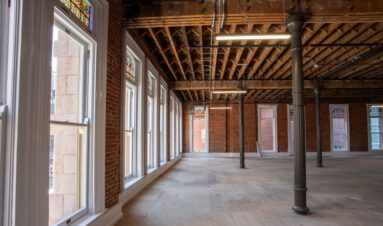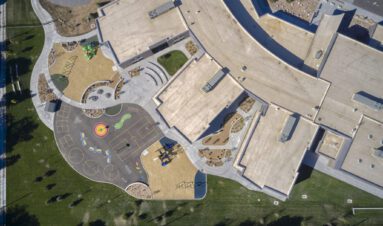Rockmount Ranch Wear
1626 Wazee Street

Fast Facts
Architect: Joe Simmons William E. Fisher (Fisher & Fisher)
Architectural Style: Prairie Style
Year Built: 1909
Designation: Denver Landmark
Neighborhood: Lower Downtown
Original Building: Wolfe Supply
Year Renovated: 2005
No Food or Drink
Rockmount Ranch Wear
The Rockmount Building is the last operating early wholesale/retail mercantile company in downtown Denver. It is in its 3rd generation of management by the Weil Family, whose patriarch Jack A. Weil was the oldest CEO working until age 107. The street in front is named for him. Designed by Fisher & Fisher, one of Denver’s top firms, the Rockmount Building is a significant example of Prairie School design representing a major departure from the earlier Victorian influence in commercial buildings. The red brick front facade is studded with terracotta ornamentation. It has been the home of Rockmount Ranch Wear Mfg Co. since 1946, one of the oldest firms in downtown. Rockmount is famous for making the first snap Western shirts now sold world-wide. It has been visited by major celebrities including Bruce Springsteen, Bob Dylan, Robert Plant and a full range of bands playing Denver. Rockmount is featured in 100s of movies from Elvis in “Love Me Tender”, “Brokeback Mountain” and more recently “Yellowstone”.
In 2004, the Weil Family undertook a renovation of the then century-old building. They stripped off the old interior partitions that covered the historic brick walls and heavy timber framing and restored the tin ceiling and wood floors. They also cleaned and restored the façade and added a basement garage.
Prairie style architecture is often associated with its most famous proponent, Frank Lloyd Wright, and with residential buildings rather than commercial. Wright eventually went on to develop his Usonian style, which was heavily influenced by prairie architecture, but his early work crafting houses in the prairie style and his public statements about the value of the uniquely American movement have elevated it to near ubiquitous fame, right alongside Craftsman and Bungalow, as one of the quintessential architectural styles in the U.S.
Applying the style to a tall and narrow building like Rockmount creates a unique expression of architecture’s progress from prairie to modernism, a nexus that Wright actually inhabited for much of his career. Other famous architects were responsible for giving Denver this building, however. Perhaps the most noteworthy firm of Denver’s past, Fisher & Fisher, were the architects behind Rockmount.
The front façade is reminiscent of Louis Sullivan’s modern style, with its vertically oriented window bands and geometric terracotta ornamentation. Corbeling and cornices almost break the building into the three parts of the Chicago style but fall short. Side pilasters hold decorative tiles and frame the window bays as they ascend to white glazed pendant capitals and a stepped parapet trimmed with terra cotta coping.
Photos Courtesy of Rockmount Ranch Wear
References
Steve Weil, Rockmount Ranch Wear Mfg. Co., buckfifty.org, 4.16.09.
Paglia, M., Wheaton, R ., & Wray, D. (1999) Denver: The Modern City. Denver: Historic Denver, Inc.
Historic Denver Docent Training Information: Colorado Architects –Biographical Sketch.
Nearby Sites
View All
Larimer Square Frontenac Building
The Frontenac buildings at Larimer Square have served many uses over their 140+ years of existenc...
More Info
Larimer Square Granite Building
The Granite buildings at Larimer Square have served many uses over their 140+ years of existence....
More Info
MOA Architecture
MOA ARCHITECTURE is a diverse team of talented and experienced architects, interior designers, pl...
More Info